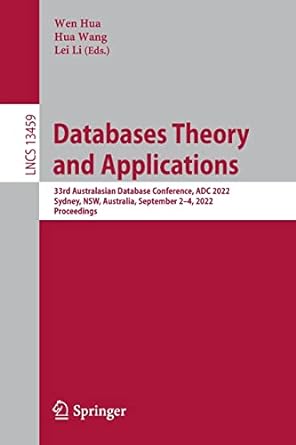Question
Below are four programs of pseudo code, segments that represent typical code and data structures that one might implement with a language such as Java
Below are four programs of pseudo code, segments that represent typical code and data structures that one might implement with a language such as Java or Python:
// Problem 1 // for loop
J=5 for(i=1; i
// Problem 2 // if - then - else
i=4 if (i
}
// Problem 3 // while loop i = 0 while(i==0) { j++ if j = 5 then i = j }
// Problem 4 // load and traverse an array
A[0] =5 A[1]=4 A[2]=3 A[3]=2 A[4]=1 A[5]=0
for (i=0; i
Convert each program into the Hack assembly language using only the mnemonic symbols in the following tables:
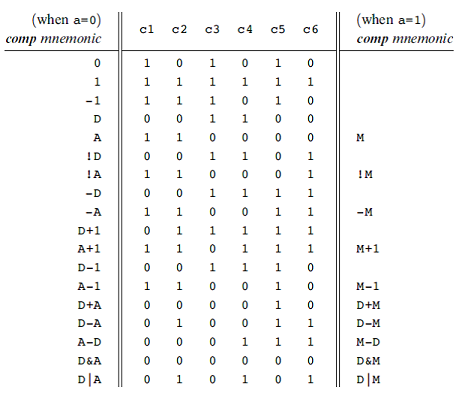
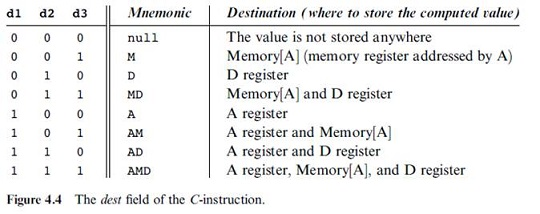
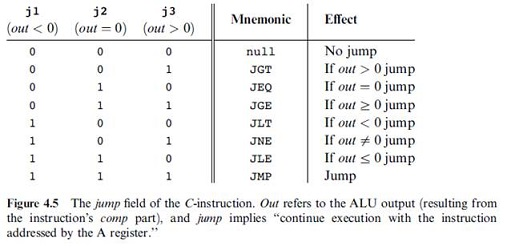
Here is an example of what the conversion should look like:
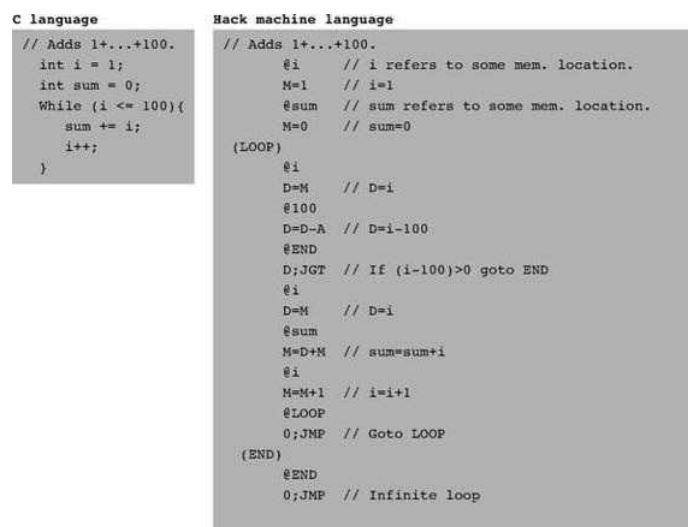
You should document your code using the // symbol as a comment to describe what part of the pseudo code is being implemented by your assembler code in the assignment and to show how you implemented the code in assembler.
Comparisons: Your program will need to compare two numbers to determine if one is larger than the other. In assembler we do not have an if expression that allows us to test the equality or inequality of two variables. The way that this capability can be implemented is by subtracting the second number from the first number and then 'jumping' based upon the result.
For example, if A and B are our two numbers, then the rules for A-B are as follows:
If A-B = 0, then A=B If A-B > 0, then A > B If A-B
If the result of the operation is 0 then we can execute a JEQ which means 'jump' if the output of the operation is equal to zero (see the jump table above).
In the algorithm we need to be able to test if a variable is less than, greater than, or equal to either another variable or a constant value. Each of these tests can be accomplished by subtracting the two numbers and the using the appropriate 'jump' instructions such as:
JLT jump less than 0 JGT jump greater than 0 JEQ jump equal to 0
(when a#0) ll (when a-1) | c1 c2 c3 c4 c5 c6 cony, mnemoni comp mnemonic 1 1101 0 1 1000 0 0 0 0 1 1 100 0 1 I D IA ! M D+1 A+1 M+1 0 01 1 1 0 1 1001 0 0 0 00 1 0 0 1 00 1 1 D+A D-A A-D D&A M-1 D+M D-M M-D D &M DIA000DIM (when a#0) ll (when a-1) | c1 c2 c3 c4 c5 c6 cony, mnemoni comp mnemonic 1 1101 0 1 1000 0 0 0 0 1 1 100 0 1 I D IA ! M D+1 A+1 M+1 0 01 1 1 0 1 1001 0 0 0 00 1 0 0 1 00 1 1 D+A D-A A-D D&A M-1 D+M D-M M-D D &M DIA000DIMStep by Step Solution
There are 3 Steps involved in it
Step: 1

Get Instant Access to Expert-Tailored Solutions
See step-by-step solutions with expert insights and AI powered tools for academic success
Step: 2

Step: 3

Ace Your Homework with AI
Get the answers you need in no time with our AI-driven, step-by-step assistance
Get Started


